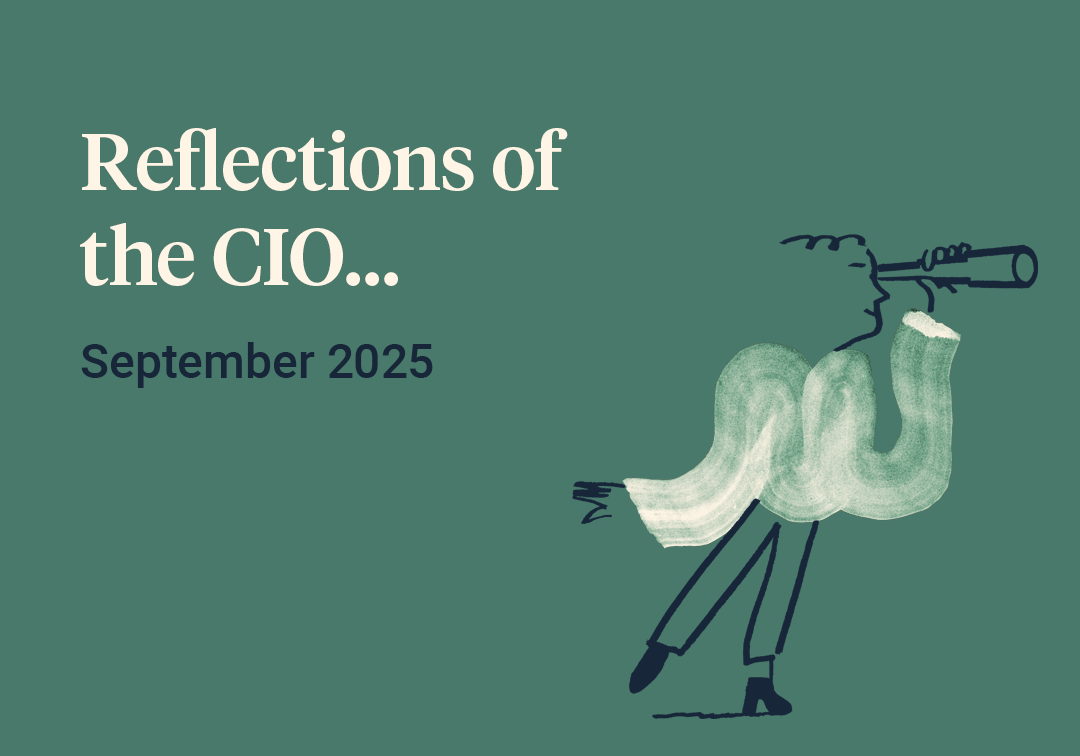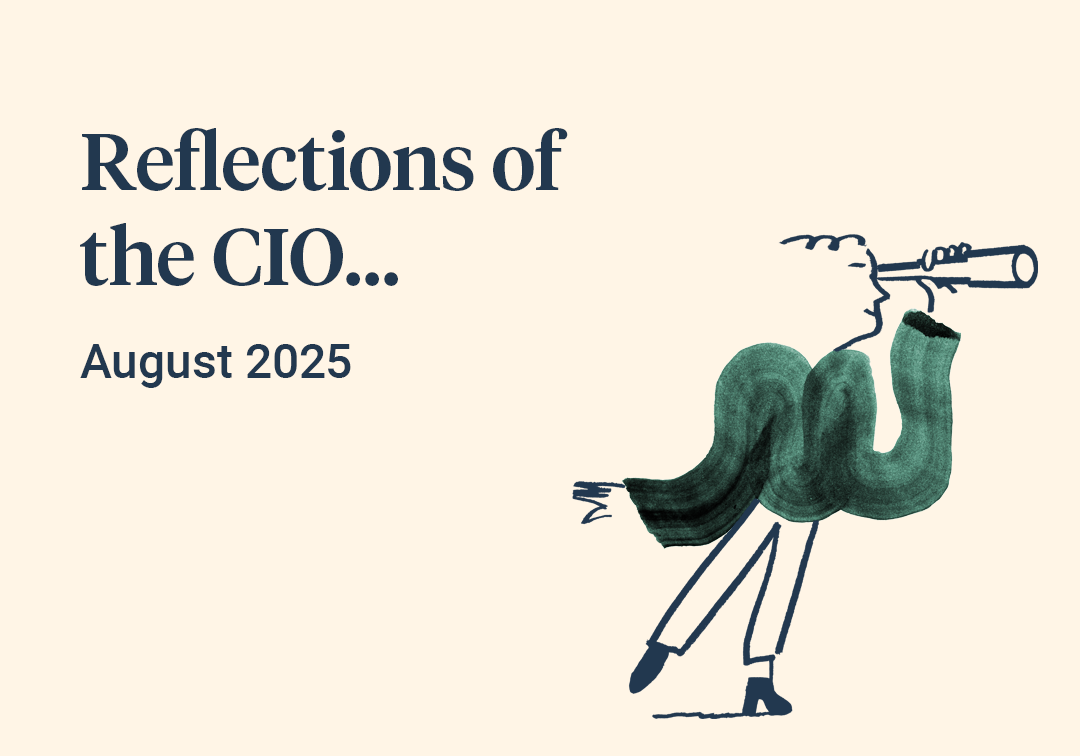Since our last update, coronavirus headlines have taken firm control of global investment markets, pushing all other matters to the side. The pace of events is frenetic, with the spread of the virus, the economic impact, the market reaction and the policy response of governments all overlapping in a short space of time. For now, it is the shorter term policies being taken to limit the spread of the virus that are having the most impact, with the economic effects of social distancing and other measures feeding directly into market volatility.
“For now, it is the shorter term policies being taken to limit the spread of the virus that are having the most impact”
As volatility rises, it automatically prompts those investment strategies which use borrowed money to de-risk quickly, selling anything and everything in order to reduce their exposures. With many longer term investors adopting a ‘wait and see’ attitude, this forced selling is not currently being met with any sizeable buying interest, a feature which fuels illiquid, jumpy price moves which themselves trigger further bouts of selling. This kind of negative feedback loop was in the ascendant last week and was directly behind the relatively rare occurrence when traditionally ‘safe’ investments such as gold or government bonds, fall at the same time as riskier equity markets.
Weeks like this are always disconcerting and unpleasant for investors and managers alike, even at the best of times. Right now, with the health crisis overshadowing daily life it is even more un-nerving, but as this frenetic phase of market adjustment starts to exhaust itself, we will move into a period where technical factors start to fade and fundamental ones reassert themselves. That doesn’t mean we are out of the woods yet, nor that we are through the worst, but it should mean that volatility on the scale just witnessed will begin to subside, allowing a clear-headed assessment of long term risk and reward.
Are we there yet?
Part of the reason that volatility is expected to subside from panic levels is the speed and aggressiveness of the response of central banks. Interest rates have been cut down to close to zero in the US and UK and buying programmes last seen in the crisis of 2008 have been reactivated. The US Federal Reserve has made available $1.5trn in facilities to ensure smooth running of the crucial US bond markets and the ECB has weighed in with €750bn of its own for European markets.
The Bank of England has similarly put up £200bn and all of them stand ready to do more if required. These actions were very much needed as they directly address the negative feedback loops described earlier and, although they will take time to impact, we do think they will be enough in the end to keep the financial system and markets performing the functions they are intended to. If this opinion is correct then we are left with the issue of how to assess the progress of the real economy, with coronavirus now so obviously blowing a hole in growth prospects for 2020. Early estimates are now conclusively pencilling in a recession for the year, with some very ugly numbers in the first half followed by a rapid recovery in the second. This outlook relies on several assumptions, but crucially the most important one – aggressive government spending programmes helping to reflate demand – are now becoming more evident.



